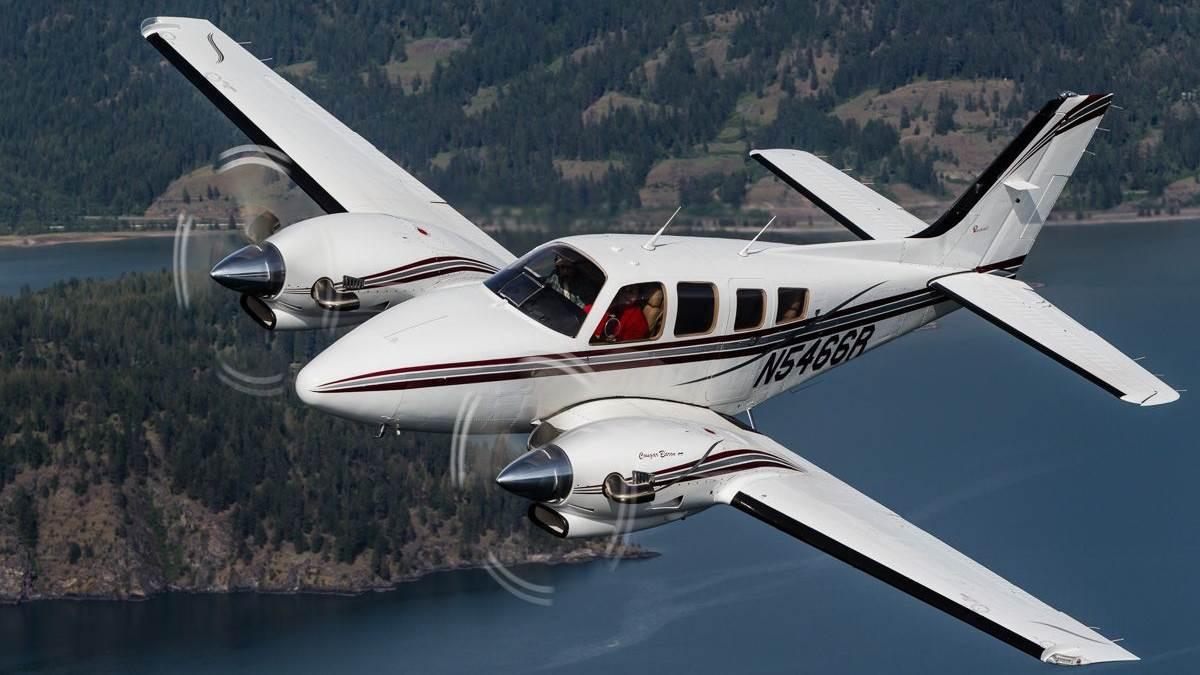Preparing for the unexpected: Why proficiency isn’t enough

As pilots, we all understand the need to be proficient in the airplane that we own or fly on a regular basis. It all started with your training for your private pilot certificate as you practiced takeoffs and landings in preparation for your first solo flight. Your instructor was not about to “turn you loose” until he was sure that you were proficient enough to safely accomplish three takeoffs and landings by yourself. In a similar way, the rest of your private pilot training prepared you for the knowledge test and checkride with a designated pilot examiner. Demonstrate proficiency—get your private pilot certification. You are the one who determines the degree of proficiency you will accept each time you fly. You alone determine how much you accept for altitude, heading, and airspeed deviations or not being exactly on the localizer and glide slope. Every pilot is responsible for his or her level of proficiency in the airplane.
Being a proficient pilot is not enough. Your commitment to proficiency should be a commitment to proficiency and preparedness. It isn’t a choice. You need both.
Here are a few of the many things you should consider doing to make sure you are prepared for anything and everything, if or when, the time comes.
- Consciously dedicate time each month to reviewing your aircraft’s pilot’s operating handbook, federal aviation regulations, Aeronautical Information Manual, emergency checklists, and aviation websites.
- Take advantage of pilot resources such as YouTube videos, magazine articles, and educational material from AOPA, the FAA Safety Team, PilotWorkshops, specific aircraft groups, and associations.
- When flying, stay as far ahead of the airplane as possible.
- Do not take any short cuts during flight planning.
- Practice emergency procedures, loss of aircraft systems, unusual attitudes, and more. These represent some very serious situations that you must be able to manage successfully and require you to be absolutely prepared.
Proficiency is something that you can work on every time you fly. Preparedness is achieved by constantly working on everything that might someday come your way. The best tool to help you prepare for this “serious” stuff is a flight simulator. The simulator allows you to practice what cannot be safely done in the airplane. Find a flight training provider that will individually train you at your level of proficiency and an instructor who will push you.
Maybe the best way to summarize the essence of what is possible is to cite a pilot who trained with us recently. He brought a list of maneuvers and scenarios that he and his local instructor wanted to cover. When asked in a training review survey what he liked most about the training, he said, “Difficult situations in the simulator.”
As a pilot, it is difficult to be prepared unless you get into a simulator and get pushed to push yourself.